This is the first solar exploration mission of the Indian Space Research Organisation (ISRO).
In a post on social media platform X, the Indian Prime Minister emphasized that India continues to mark another milestone. This is a testament to the relentless dedication of the country's scientists in carrying out one of the most complex and troublesome space missions.
Aditya 1 was launched from the Satish Dhawan Space Centre on September 2 and entered its first orbit a day later. In four months, the spacecraft has traveled approximately 1.5 million kilometers, a tiny fraction of the 150 million km distance between Earth and the Sun.
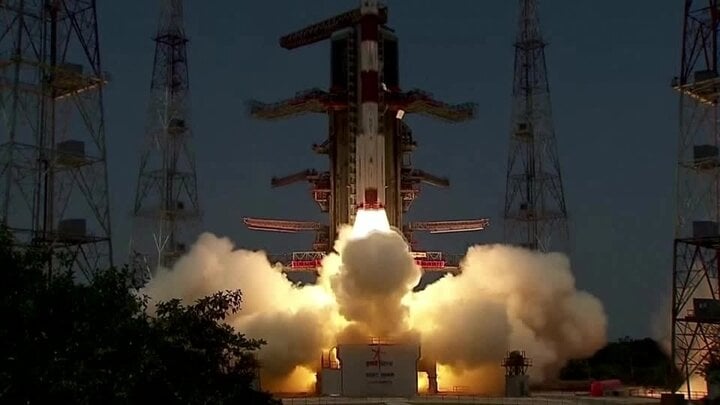
Aditya 1 spacecraft launched from the Satish Dhawan Space Centre. (Photo: Reuters)
The spacecraft has now reached the L1 Lagrange point, where it can study the Sun without being affected by celestial occultations. The research mainly focuses on the solar corona and its impact on space weather. At the L1 Lagrange point, thanks to the influence of gravity, the state of everything is relatively stable, thus helping the Aditya-1 spacecraft save fuel consumption. It is expected that the Aditya-L1 spacecraft will conduct solar remote sensing and in-situ observations for about 5 years.
“Aditya-L1 will explore the mysteries of the Sun which we used to avoid or think of as belonging to the world of fairy tales and folklore. But now they have become very important for us because we have several satellites in space. It is important for us to understand various phenomena related to the mechanism of the Sun,” said Jitendra Singh, Minister of Earth Sciences of India.
This space mission is the latest achievement of the Indian space industry after becoming the first country to send a spacecraft to the south pole of the Moon with the Chandrayaan-3 mission in August 2023.
VOV1 (According to: Reuters)
Source




![[Photo] Binh Trieu 1 Bridge has been completed, raised by 1.1m, and will open to traffic at the end of November.](https://vphoto.vietnam.vn/thumb/1200x675/vietnam/resource/IMAGE/2025/10/2/a6549e2a3b5848a1ba76a1ded6141fae)





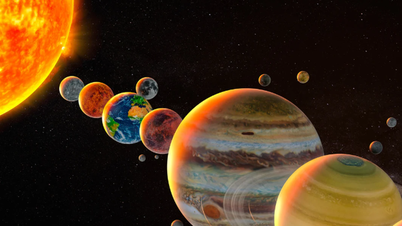


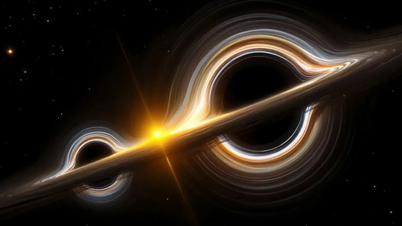

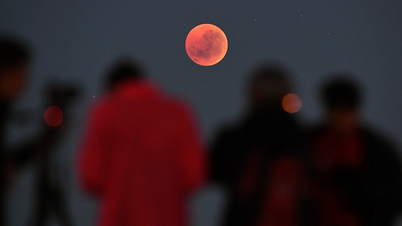

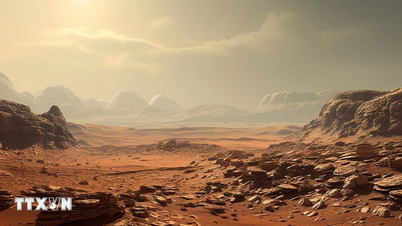


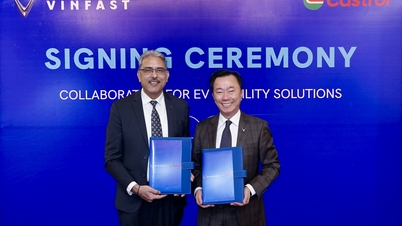



























































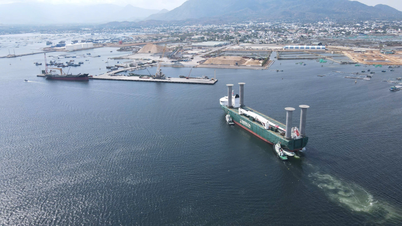





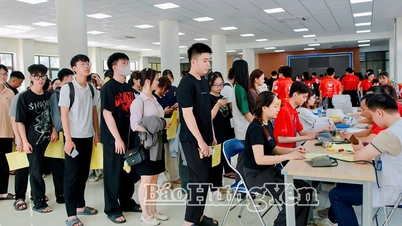














Comment (0)